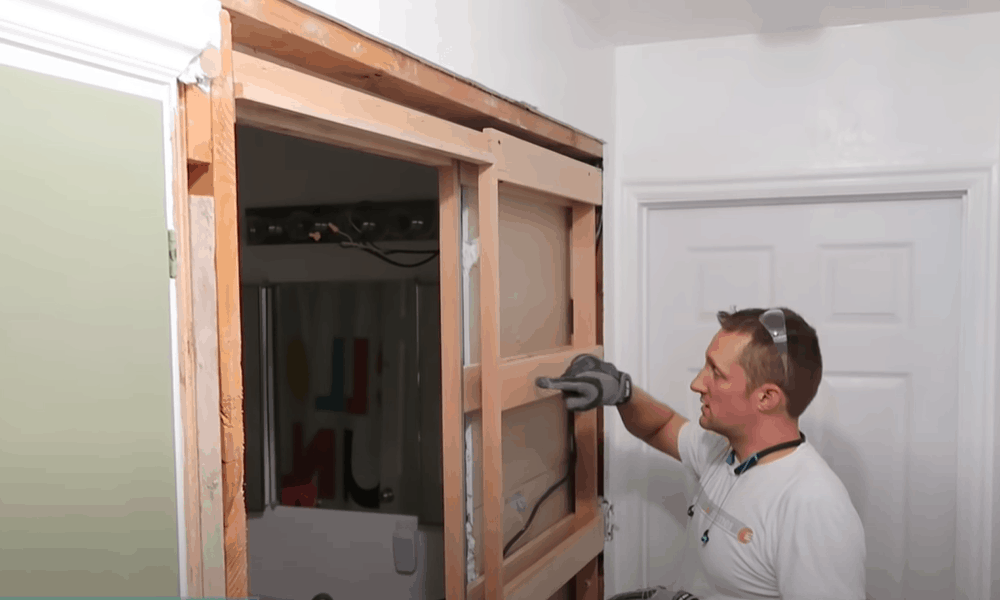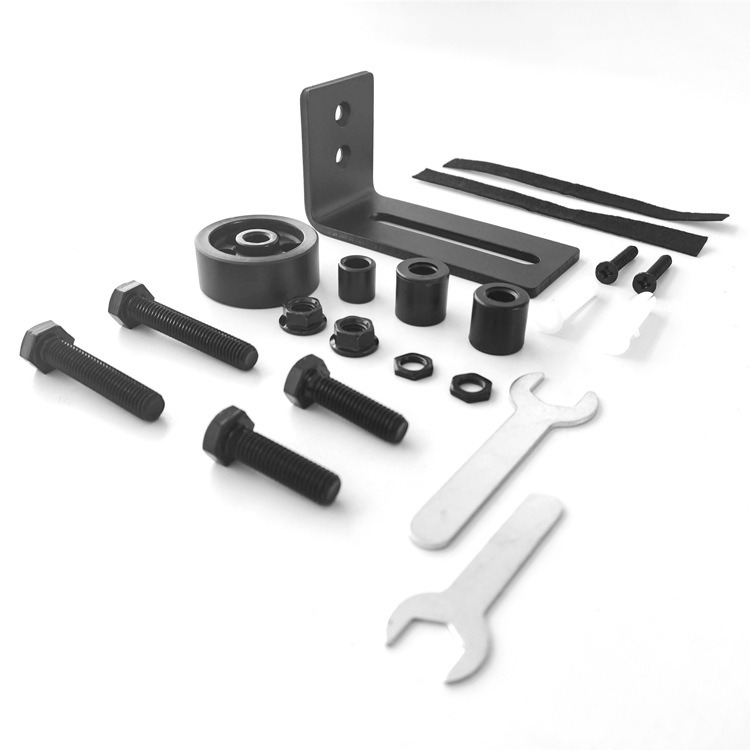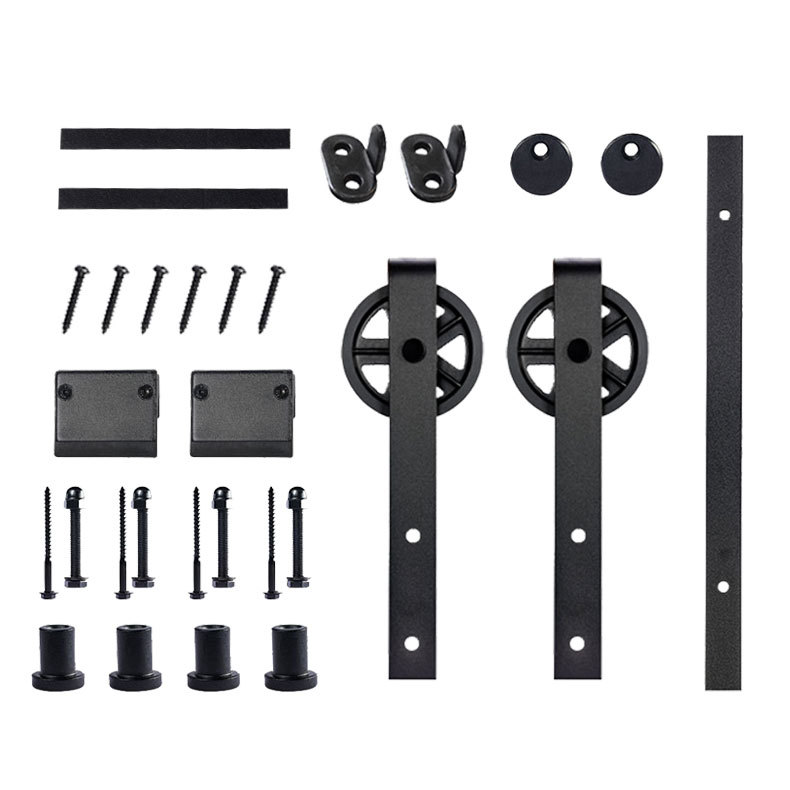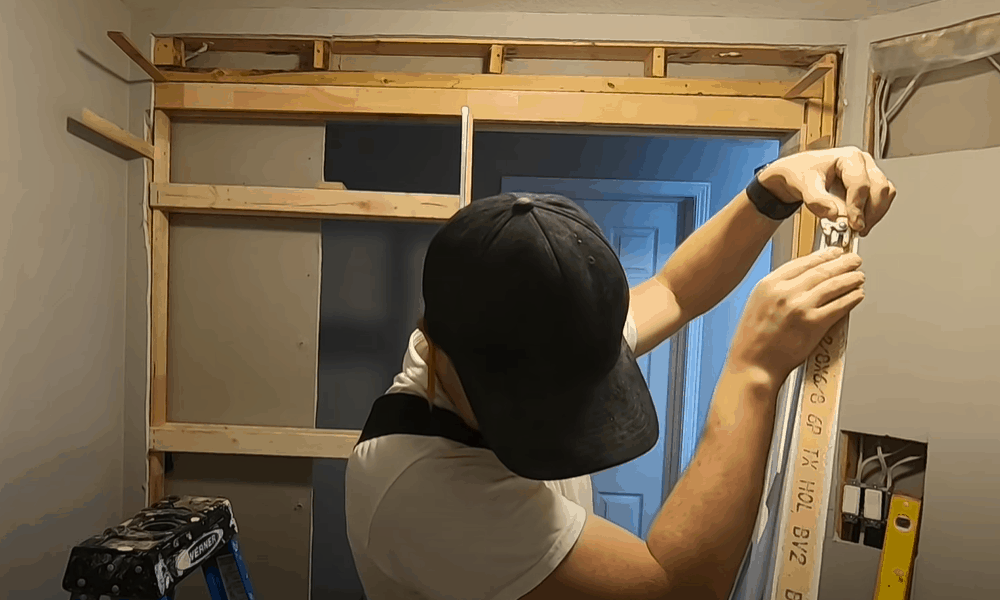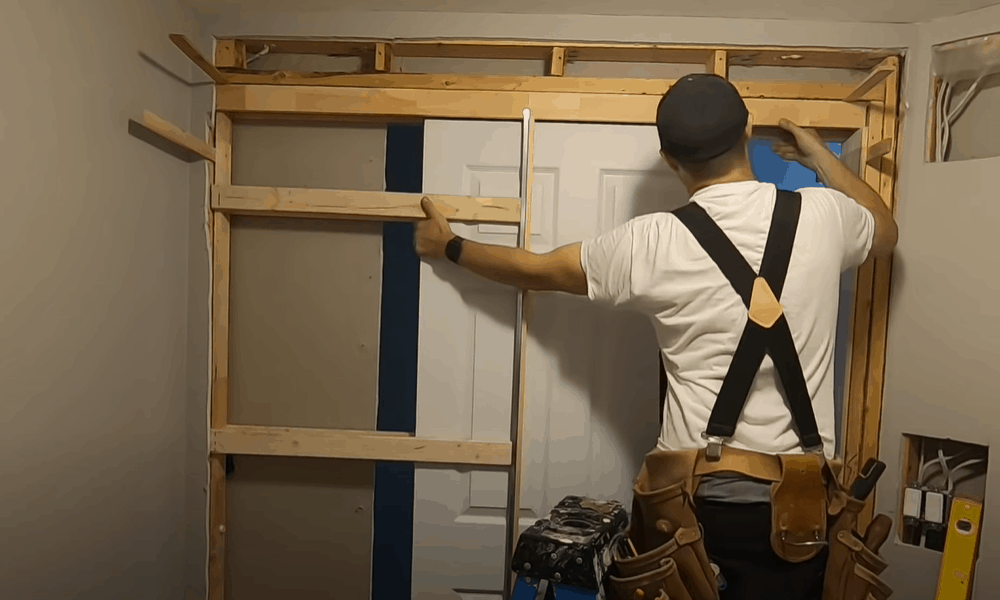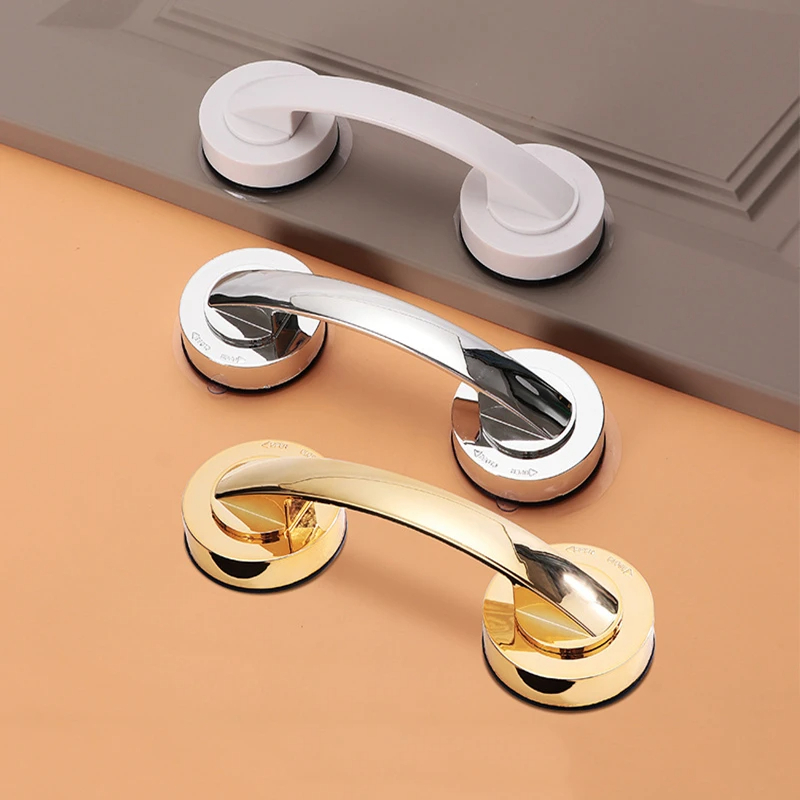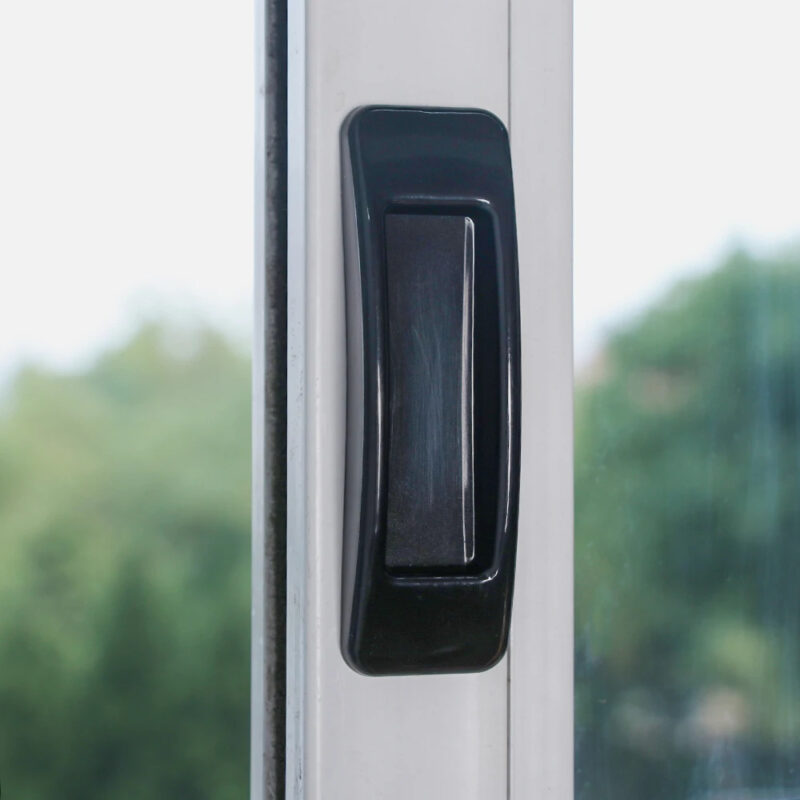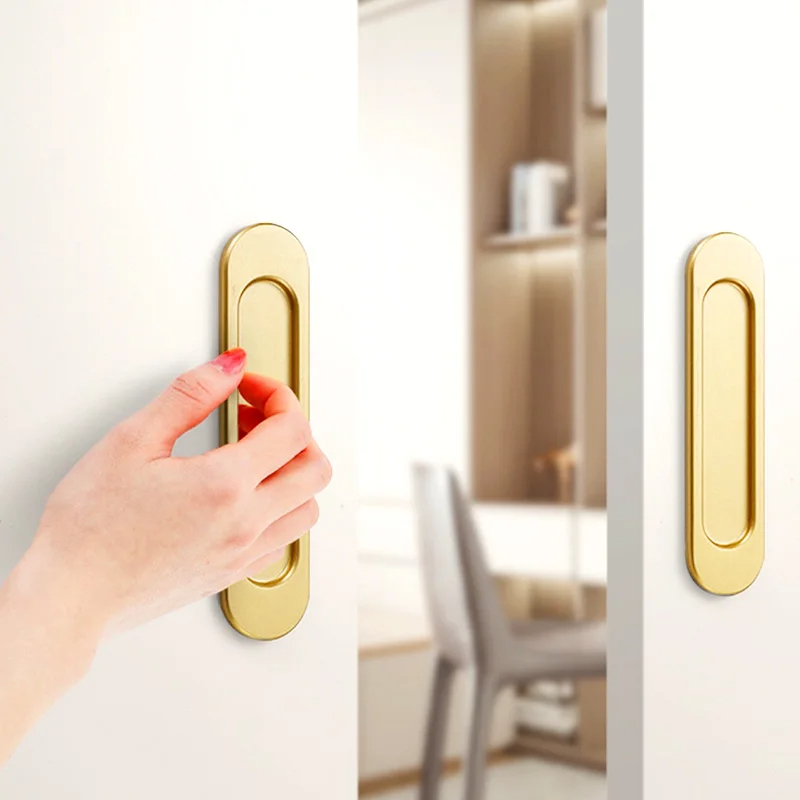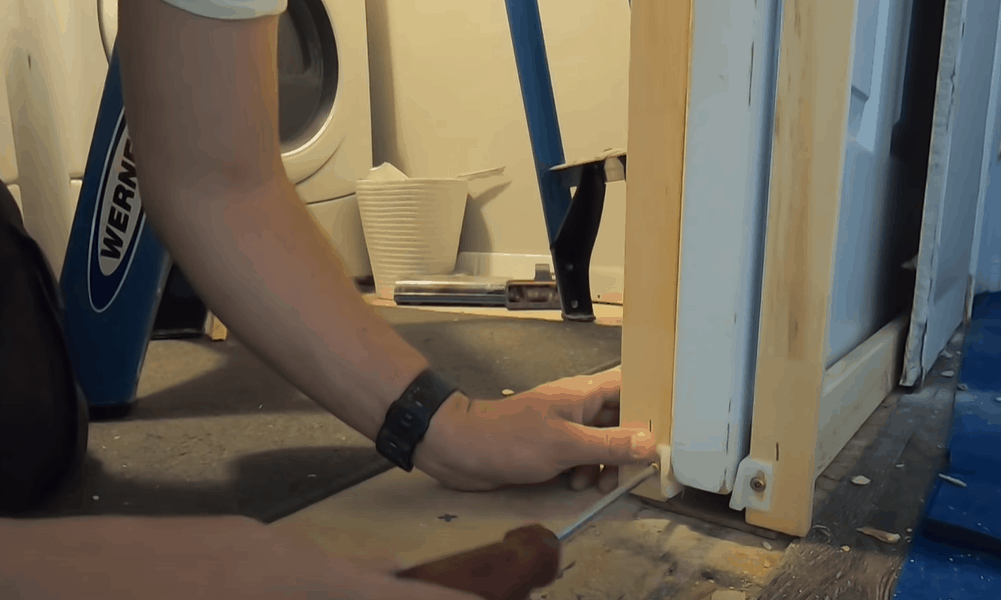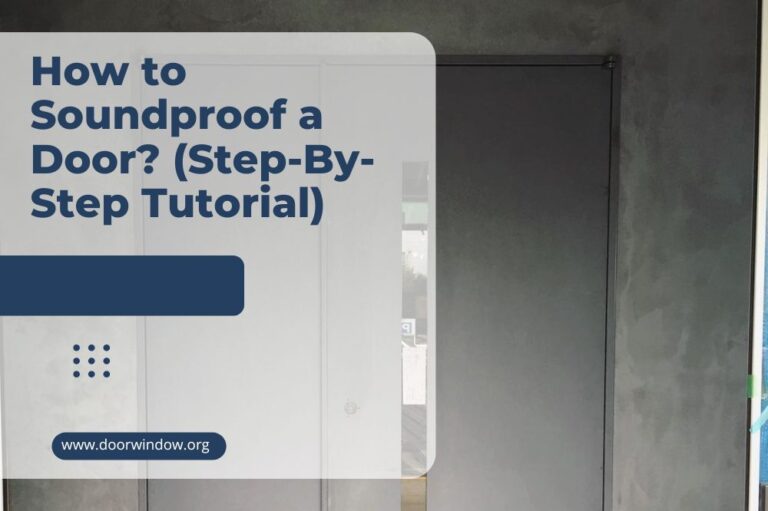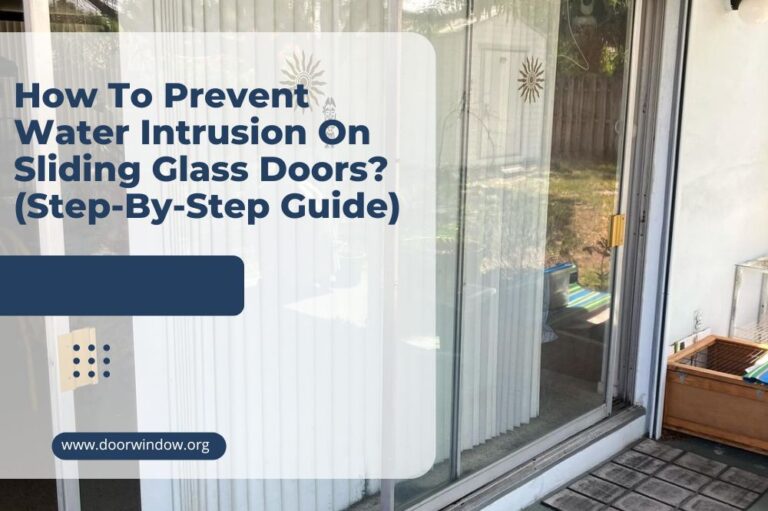9 Facts about Pocket Door
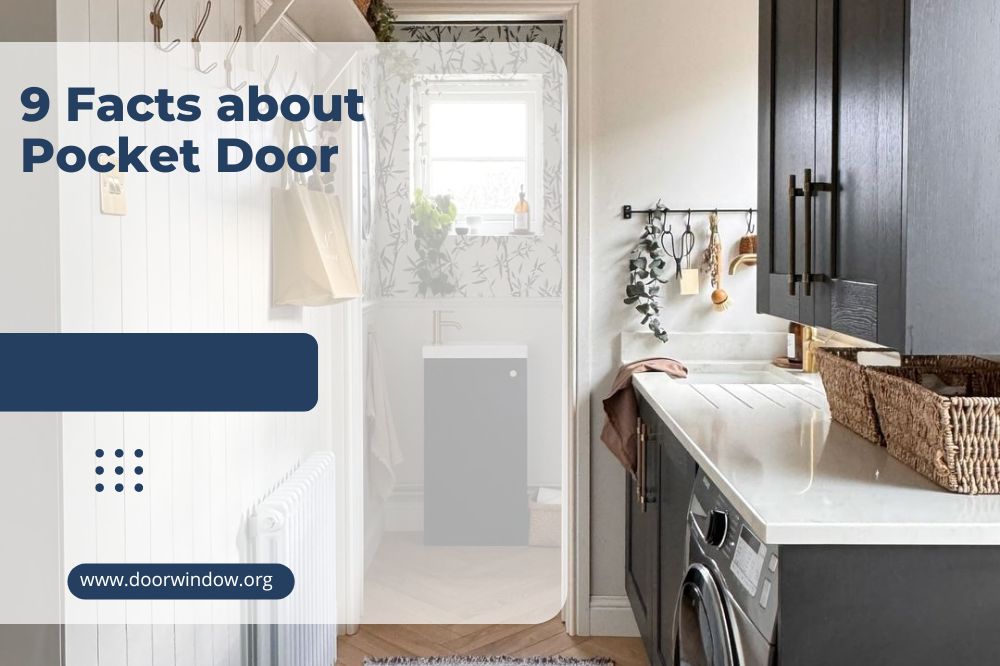
A pocket door is a lot like a sliding door, but it’s not the same thing. Sliding doors can be mounted on the outside of a room, with the door running parallel to the entryway. But for it to qualify as a pocket door, it has to be tucked into a camouflaged ‘pocket’.
The pocket is hollow, allowing the door to roll in and out as needed. And pocket doors can be quite stylish. They can be plywood, solid wood, glazed wood, or even the tempered glass of French windows. Here’s everything you need to know about pocket doors.
1. A pocket door saves space
This may seem obvious, but you’d be surprised how many homeowners are unaware of this benefit. When you install a swinging door in a room, you need space for the door to open. This comes up a lot in powder rooms, kitchens, and closets. Swinging doors might ram toilets, tubs, and other appliances. They make your room feel claustrophobic and eat up floor space.
A sliding door doesn’t occupy any extra square footage since it tucks into the wall. It can also be a convenient way to partition a communal space. Say your kids share a room, or maybe you’ve sublet part of your living area. A sheet of drywall and a well-installed pocket door can easily subdivide the space. This adds privacy and flexibility because you can now use the ‘extra room’.
2. It doesn’t have to creak
Sliding doors in general (and pocket doors in particular) can be frustrating when they squeak. And because it was a common architectural trick in the early 20th Century, many sliding doors are old. Even if the rest of the house is restored, the doors are often neglected. This is because the pocket is hidden inside the wall, so accessing it would mean you have to ruin the whole wall.
But the creaking isn’t inherent to pocket doors. If you install the pocket correctly and ensure the runners are completely level, you won’t have any issues with wobbling or noise. The best way to ensure a no-squeak door is to hire a competent carpenter and buy a high-quality door frame. You don’t need to build the runners and framework from scratch – buy a ready-made unit.
3. You need to fix it early
Some contractors make the error of leaving the pocket door for last. They figure it’s built by a finishing expert, so it doesn’t need to be installed until the rest of the house is ready. This is why many sliding doors end up sub-par. Remember, the door is being installed into a pouch inside the wall. The pocket is then finished with plywood, drywall, or even tile if you like.
So you should install the pocket door as early as possible, while you’re putting up the framework and building pillars. This way, you won’t risk sub-par mounting or worse, damaging the rest of the house as you mount your door. Putting the pocket door in place early enough has another benefit – you can spot and correct errors. You can’t do that once the permanent walls are up.
4. You want ball bearings
They may cost more than other types of runners, but they last a lifetime. This is key because if you use low-cost runners, you can’t easily repair or replace them. Putting in a new track would require tearing apart the wall on both sides. That’s expensive, uncomfortable, and not always possible in residential apartments. Buying a frame with pre-installed runners solves this.
But you have to be willing to shell out a little more to get a premium frame. It costs more at the outset, but it will save you thousands of dollars going forward. Ball bearings can also be helpful for moisture control. Many pocket doors are installed in kitchens, bathrooms, and patios. Meaning they get a lot of humidity. You don’t want a runner that will rust and get the door stuck.
5. You can install one during renovation
In theory, any post-construction door is more of a sliding door than a pocket door. After all, adding a pocket door to an existing house would mean you have to bore a hollow in the wall, assuming the wall is thick enough. And you have to drill the hole and pull out the excess wall material without damaging the house supports. One wrong move could bring the house down.
But there’s an optional workaround. You can install a ‘false wall’ in front of your existing wall and use it to create your door pocket. The downside is this ‘extra wall’ eats into the room. The pocket is at least 3.5 inches thick, and the drywall on either side has to be half an inch thick or more. So adding a false wall will eat 4 to 6 inches of floor space, making your room smaller.
Another interesting way to use pocket doors is for repurposing spaces. Want to turn an odd corner into a bathroom? Or cordon off part of the hallway to create extra closet space? Maybe you’re fixing up your loft or attic to provide additional living areas. Pocket doors are perfect for this. You ‘plant a skin’ in front of the existing wall and use it as a pouch for your door.
6. Any Door Will Do
The actual door that you slide into the pocket has no special features. You can use any kind of door, whether it’s solid wood, stained glass, or MDF. You do have to consider the weight of the door. If it’s too heavy, the runner track won’t effectively support it. It’s important to match your frame kit with your door because the door (or door leaf) is rarely included as part of the frame.
Instead, the frame has a top runner, a bottom runner, and a linear silhouette that slips easily into your pre-prepped wall pocket. But since any door can fit – weight allowing – your pocket door can be as beautiful and elaborate as you like. Good quality framing is crucial though because you sometimes need to pull the whole door out to clean the pocket section.
If your door frame (or the door leaf itself) is low quality, the cleaning process could damage the door, the runners, or the track. Before installing or buying any hardware, ask about cleaning routines, and how accessible the door will be after installation. If the door is positioned snugly on its track, the pocket will rarely get dirty, since dirt and dust can’t sneak in between.
7. Put your electrics somewhere else
Again, this may seem obvious, but it helps to keep it in mind. The walls on either side of the pocket door are ‘hollow’. So they’re not ideal for power outlets or faucets. But they make good platforms for shelves and vanities, as long as the vanity doesn’t have any plumbing attached.
You do need to be careful when installing these storage options. You don’t want your screws and fixtures slipping into the door pocket. Consider that the pocket isn’t necessarily made of the same material as the rest of your house. Your other walls are solid while this one is hollow, so be sure whatever shelving you install isn’t too heavy for the drywall or sheetrock behind it.
8. Consider hidden floor runners
When you order a pocket door frame kit, it often comes with metal runners at the top and floor tracks at the bottom. The floor tracks are generally guided trim. It’s intended to hold the door steady. But while this bottom trim is pretty and looks sturdy, it’s not ideal. Weak floor trim is the main reason so many pocket doors get wobbly since the weight pushes harder at the bottom.
This can’t be helped, because you can’t fight gravity. But instead of using standard trim, a clever trick is to use a metallic rod or pin. Drill the pin into the ground, then hollow out the bottom of the door. This allows the door to smoothly slide over the rod when you pull the door open or shut. Half the pin sits inside the door and the other half sinks into the floor for good gliding.
9. Consider the differently-abled
You may think a pocket door is ideal for seniors or residents with mobility issues. Yes, it may be easier to yank it open than to struggle with door knobs and levers. Especially if it has a floor pin and smooth top tracks. But you might want to put a handle closer to waist level for residents in wheelchairs. You can put a sturdy ring on both sides of the pocket door for easy opening.
These rings can be useful for younger members of the household as well. But be careful how you position the door rings. You don’t want them scraping against the sides of the pocket and causing problems. Also, invest in a pocket door with soft-close features. This prevents slamming, which can hurt limbs that get caught … or damage the door itself, shortening its lifespan.
The Down Low on Pocket Doors
So what exactly do you need to know about pocket doors?
- They save space and can be noiseless.
- Install it early in your construction schedule.
- Buy a frame kit with ball bearings for longer life and easier installation.
- You can install a ‘skin’ on top of existing walls to create a pocket.
- Put rings lower on the door for kids, paraplegics, and elders.
- Use a concealed floor pin to keep the door from wiggling.
- Don’t install plumbing or electronics outside the pocket.
Do you have a pocket door at your house or office? Show us some photos in the comments!

